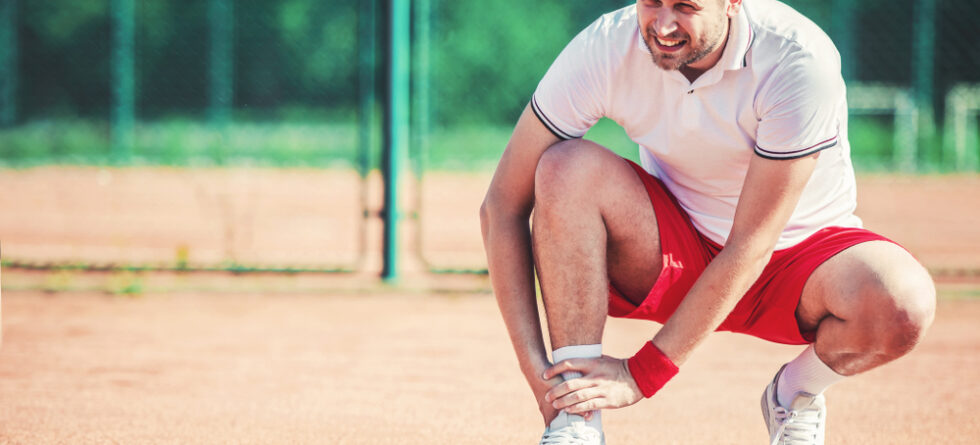Sports players, especially professionals, often have access to a range of resources and follow specific protocols that enable them to recover more quickly from injuries or intense competition. These strategies are meticulously designed to optimize the healing process, minimize downtime, and ensure athletes return to their sport as safely and efficiently as possible.
Here are key factors contributing to their rapid recovery…
1. Immediate and Comprehensive Medical Attention
- Specialized Care – Athletes have immediate access to sports medicine specialists who provide an accurate diagnosis and tailored treatment plans.
- Advanced Treatments – They benefit from cutting-edge treatments and technologies, such as cryotherapy, platelet-rich plasma (PRP) injections, and hyperbaric oxygen therapy, which may not be readily available to the general public.
2. Professional Physical Therapy and Rehabilitation
- Customized Rehabilitation Programs – Recovery plans are specifically designed for the athlete’s particular injury, sport, and performance goals.
- Intensive Therapy Sessions – Athletes often undergo daily, intensive physical therapy sessions, which can include a mix of manual therapy, specialized exercises, and modalities like ultrasound or electrical stimulation to enhance recovery.
3. Optimal Nutrition and Hydration
- Nutritional Support – Professional athletes work with nutritionists to follow diets that are optimized for healing, including nutrients that support tissue repair and reduce inflammation.
- Hydration Strategies – Proper hydration is maintained to facilitate recovery processes and ensure the athlete’s body functions optimally.
4. Superior Fitness and Preconditioning
- Peak Physical Condition – Athletes’ superior baseline fitness and muscle conditioning can significantly reduce their recovery time.
- Prehabilitation – Prioritizing injury prevention strategies and maintaining strong, flexible muscles through off-season conditioning and targeted exercises helps in quicker recovery post-injury.
5. Psychological Support
- Mental Health Resources – Access to sports psychologists and mental conditioning coaches helps athletes maintain a positive mindset, vital for overcoming the challenges of rehabilitation.
- Motivation and Goal Setting – High motivation levels and clear recovery goals set by athletes and their support teams can accelerate the recovery process.
6. Rest and Recovery Techniques
- Structured Rest – Adequate rest is scheduled to ensure athletes do not return to play prematurely, risking further injury.
- Recovery Protocols – Techniques such as compression therapy, massage, and active recovery sessions are integrated into their routines to facilitate muscle recovery and reduce soreness.
7. State-of-the-Art Facilities
- Access to Facilities – Professional athletes have access to top-tier training and rehabilitation facilities equipped with the latest in recovery technology and equipment.
The rapid recovery of sports players is a result of a well-coordinated approach involving immediate medical care, personalized physical therapy, advanced treatment techniques, and comprehensive support systems. While not all resources available to elite athletes may be accessible to recreational athletes or the general public, many principles of their recovery processes—such as the importance of immediate care, structured rehabilitation, optimal nutrition, and mental health support—can be applied broadly to improve recovery outcomes for individuals at all levels of physical activity.




